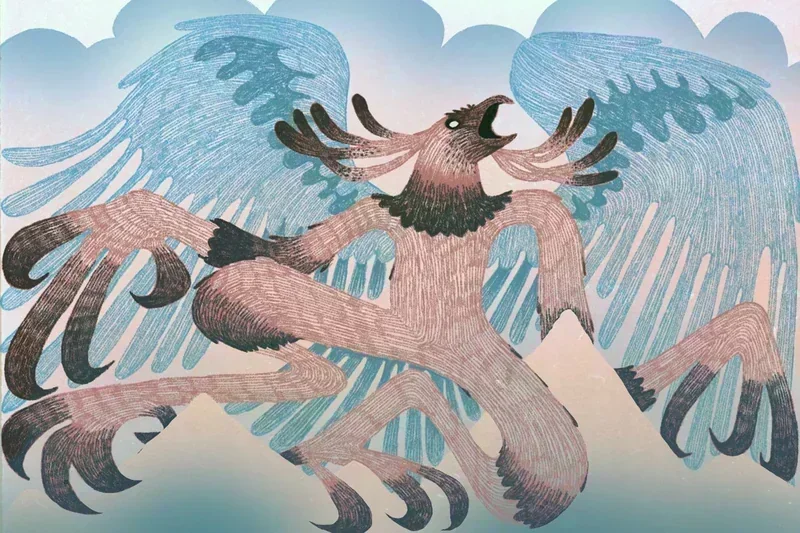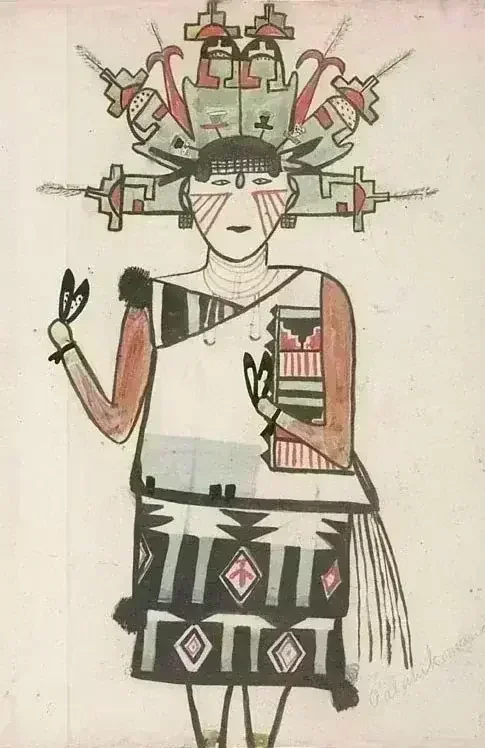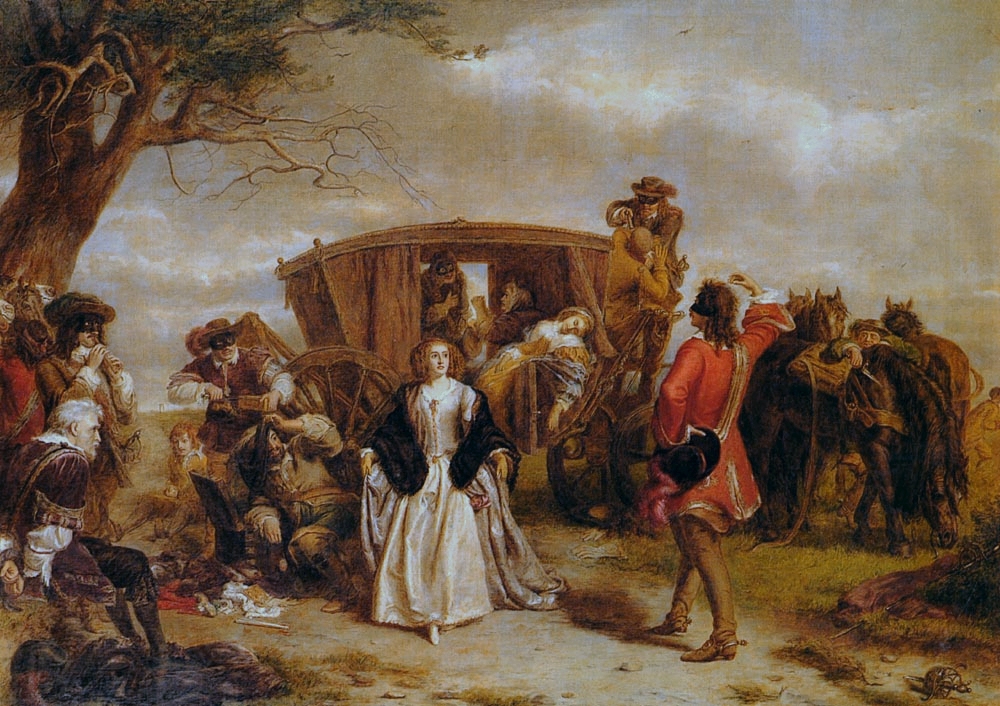Djang'kawu

The Djang'kawu (also spelled Djanggawul or Djan'kawu) are creation ancestors in the mythology of the Yolngu people of Arnhem Land in Australia's Northern Territory. This represents one of the most significant stories in Aboriginal Australian mythology, specifically associated with the Dhuwa moiety.
The Djanggawul/Djang'kawu myth relates to the Dua (Dhuwa) moiety, encompassing approximately one-third of the clans in north-east Arnhem Land. The humans born from the two sisters became ancestors of the Rirratjingu clan. According to Milirrpum Marika (1983): "The base, foundation, culture, our Djang'kawu, the base of the Dhuwa moiety only, of the Dhuwa moiety and its various songs."
The Djang'kawu consist of three siblings—two females (Bitjiwurrurru and Madalatj) and one male—who created Australia's landscape and populated it with flora and fauna. They journeyed by canoe from the eastern island of Baralku (Burralku) at night, navigating by the Morning Star (Venus) until reaching Yalangbara. The sisters were custodians of ceremonial law and carried digging sticks, feathered headwear, and sacred objects concealed in their baskets and mats.
As they traveled, their sacred objects transformed into various landforms. At Yalangbara, they created freshwater wells by thrusting their digging sticks into the sand, after which the sticks metamorphosed into diverse plant species. Their clap sticks (bilma) became rock formations.
At a site called Balma in the high sand dunes, the Djang'kawu sisters gave birth to the first members of the Rirratjingu clan and performed the inaugural ngarra ceremony, which remains one of the region's major ceremonial traditions.
The narrative includes an encounter with Makassans (Bayini) preparing trepang (dharripa) on Wapilina island in Lalawuy Bay, whom the siblings asked to leave their land.
The Djang'kawu continued westward, producing more offspring who became the founders of other Dhuwa moiety clans.


